Mask rules in Japan have changed…so are people still wearing them?
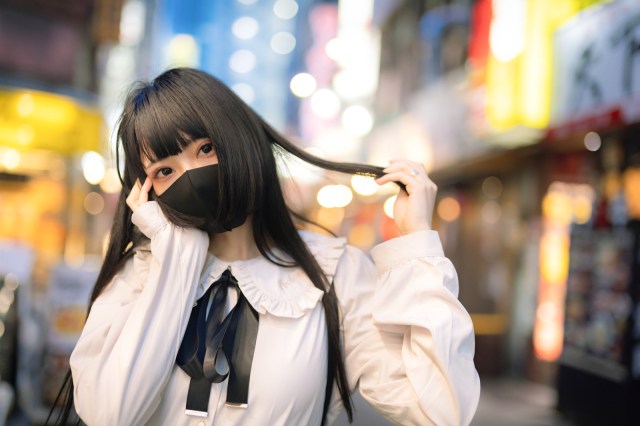
We find out if people in Tokyo are ripping off their masks and throwing them to the wind in light of the new changes.
Mask-wearing may be a thing of the past for countries overseas, but here in Japan it’s remained very much the norm, despite the fact that face coverings have never been mandated by the government.
While mandates were never necessary — people in Japan have long worn masks to prevent hay fever and stop the spread of illnesses like influenza and the common cold — the government did provide guidelines for mask use throughout the pandemic. One of those guidelines was to mask up in crowded places with poor ventilation, like stores, offices, and public transport, but on 13 March, the Ministry of Health, Labor and Welfare changed these guidelines, now saying that mask-wearing will be left up to individual discretion, with the caveat that masks are still recommended at some facilities like medical institutions and nursing homes and on crowded trains and buses during rush hour periods.
From the personal experience of our reporters, the rate of mask-wearing in the centre of Tokyo hasn’t ever fallen below 90 percent in the past few years, so we were curious to find out if the new recommendations from the government would have any effects on the public.
Our reporter P.K. Sanjun went out to assess the mask-wearing situation in Tokyo on the first day the changes went into effect, starting with a train ride outside of peak rush hour times.
▼ On the train, and throughout the train stations and subway stations he passed through, P.K. found that…
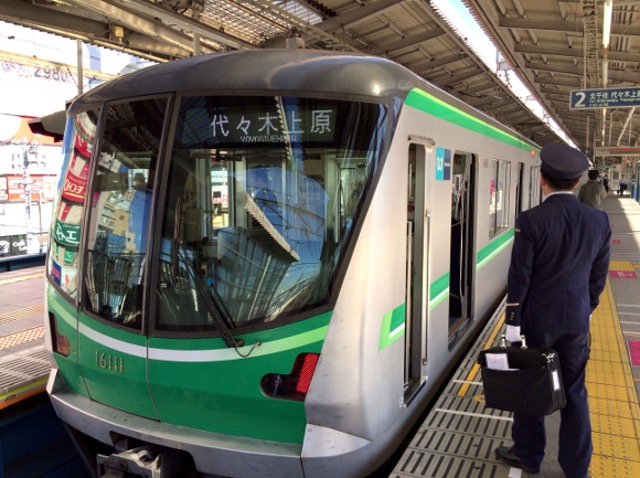
▼ …there was no change whatsoever!
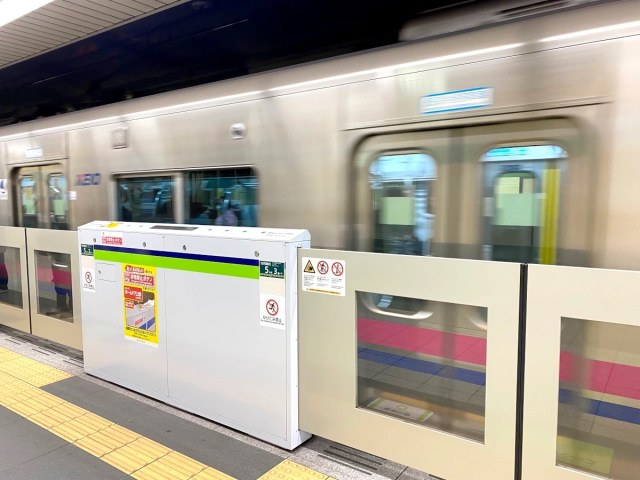
On all the trains he boarded, the rate of mask-wearing was almost 100 percent, with only one or two people in each car not wearing masks. With nearly all passengers wearing masks, it was exactly as it had been for years.
P.K. decided to take a walk around the busy streets of Tokyo to find out if the situation was any different outdoors. However, even here, he found that there was no change — most people were masked, as usual.
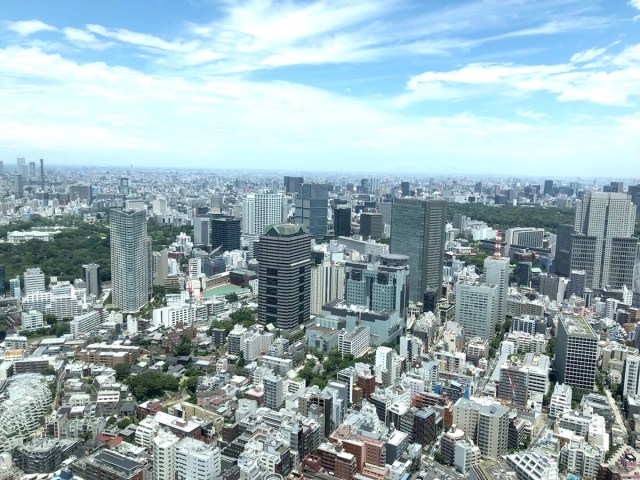
At the end of the day, P.K. didn’t get any sense that the people of Tokyo were throwing their masks to the wind in response to the change in government guidelines.
However, one factor that needs to be taken into account is the fact that it’s hay fever season in Japan right now. With Tokyo experiencing some of the highest pollen in years at the moment, masks are indispensable to hay fever sufferers.
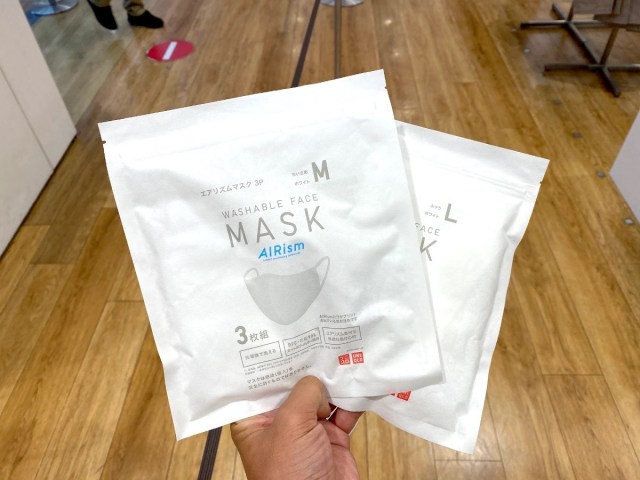
With mid-February to mid-April being the peak period for hay fever allergies, we may just have to wait another month or so to find out if the new mask-wearing guidelines have any effect on the public.
However, given that the public still wore masks despite the government previously advising that masks weren’t required outdoors “in principle”, the habit of wearing masks might be a hard one for many in Japan to shake.
After all, the pandemic remains ongoing, with new cases being recorded every day, and in a society where people wear masks for a common cold, the desire to protect against a potentially life-threatening virus remains strong in the Japanese psyche. Because of that, P.K. thinks mask-wearing won’t end easily, even after hay fever season has subsided, and he’d go so far as to say he wouldn’t be surprised if the rate of mask-wearing remains high for another decade.
With mask-wearing deeply embedded in Japanese culture and tied up with values such as cleanliness and respect for others, those masks are likely to stay on until the pandemic is truly in the past, regardless of what the government has to say.
Source: Ministry of Health, Labor and Welfare
Featured image: Pakutaso
● Want to hear about SoraNews24’s latest articles as soon as they’re published? Follow us on Facebook and Twitter!
Credit:

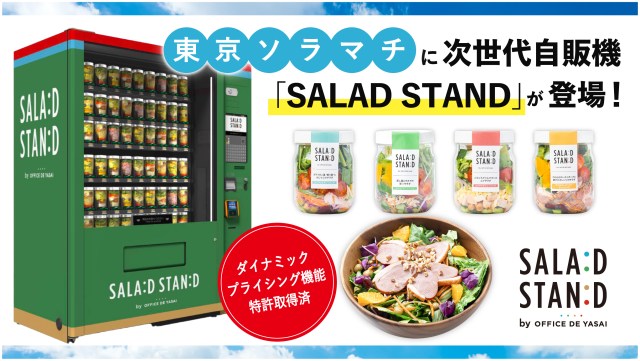
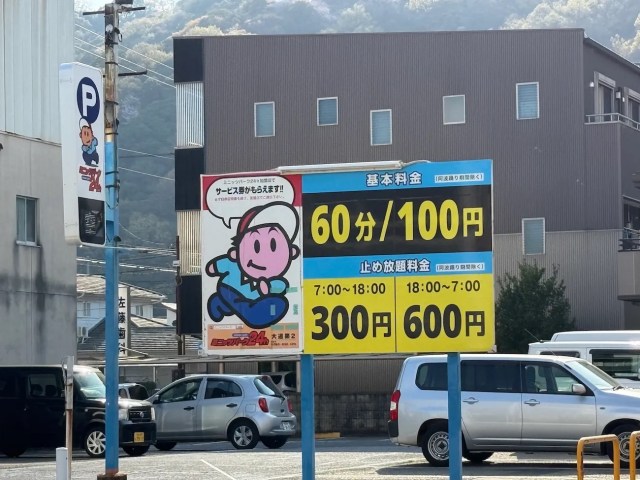

0 comments: